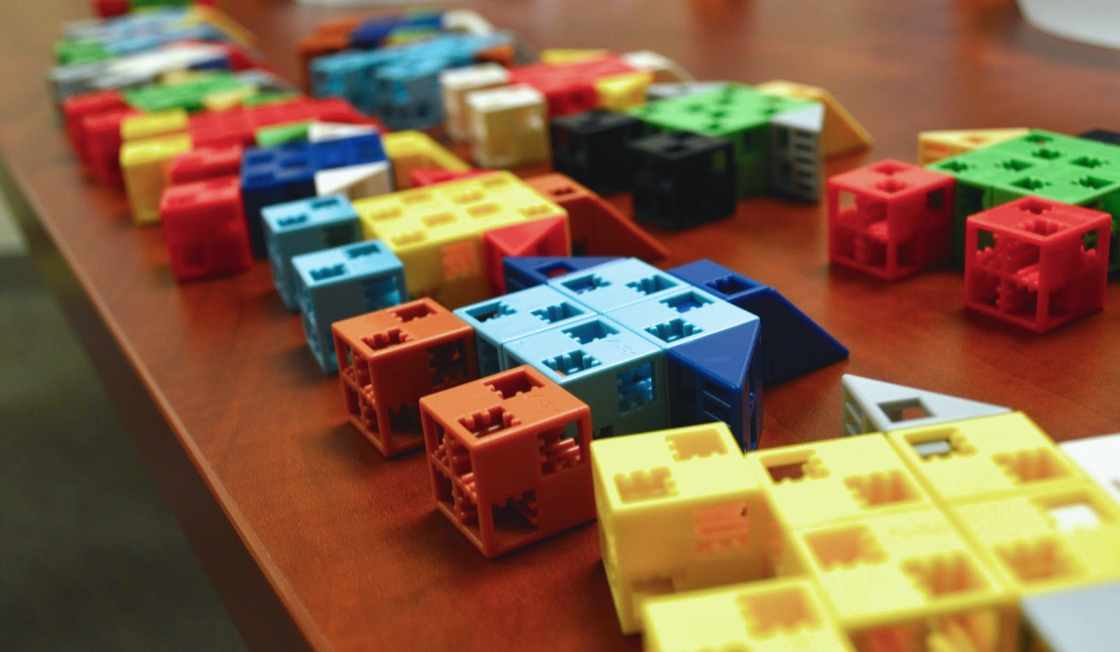In one of the regular quality related workshop I have the privilege to run in my organization, we finish the day with a Lean simulation game to introduce some of the Lean concepts to the staff and hopefully make them intrigued to learn more about Lean.
The game is based on similar simulation games run everywhere by Lean practitioners, and I tried to customize it a bit to fit healthcare setting. It’s based on the famous assembly vs pull/kanban production, where you compare the volume and quality of the final product, the remaining inventory or work in progress, and the productivity rate. Building blocks similar to Lego are used to build the final product; in this case it’s a “patient”, with the target of passing as many patients as possible through the system, with two teams competing. Here is how it goes:
1- Each team is composed of 5 members (can be modified according to situation).
2- Each player gets a set of blocks to complete a specific part of the patient.
3- The scenario simulates patient flow in an outpatient setting, with 5 steps of registration, reception, doctor’s office, laboratory and pharmacy. Each member is responsible for one step.
4- The steps of the patient flow builds the patient part by part (e.g. making the trunk, adding legs, arms, head..etc), until the patient figure is completed at the final step, representing the end of the journey.
5- Sticky-notes representing Kanban is placed between steps.
6- The game is played over two rounds, each over 5 minutes.
7- The first round simulates the traditional assembly line system, where players do their part as fast as possible, regardless what’s happening downstream (indicating push).
8- The second round simulates pull/kanban system, where the members work only if the sticky-note (kanban) before the next step is free of any unfinished pieces ( indicating pull by the downstream step).
9- At the end of each round, the following parameters are calculated: total# of completed patients, # of patients completed in a correct way, % of quality (# of good ones/ total #), WIP (pieces which are not fully assembled), and the productivity of the team ( # of good ones / minutes).
10- Usually (depending on how good the players are), all numbers go up with the lean/kanban system except for the WIP that goes way down, which reflects the advantages of the Lean system over the traditional system, and the benefits on the customers and staff. This is done through open discussion about the figures, and how the staff perceived the differences between the two systems in terms of work stress, waiting patients, early detection of errors, and collaboration.
We found that this is a fun and practical way to introduce proper patient flow, supported by real example and figures. The attendees often cite it as one of the workshop highlights.
Let’s Play Lean




